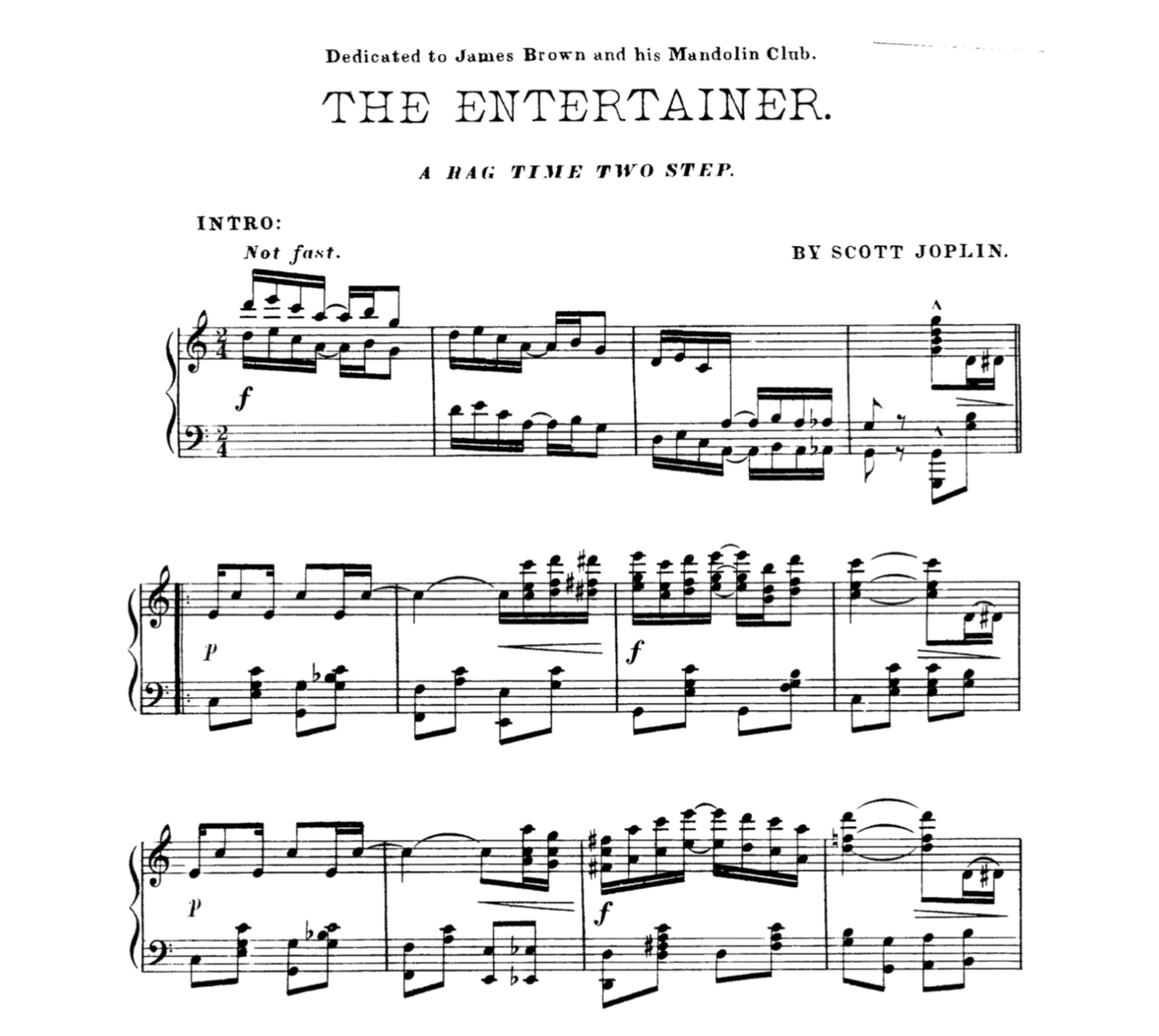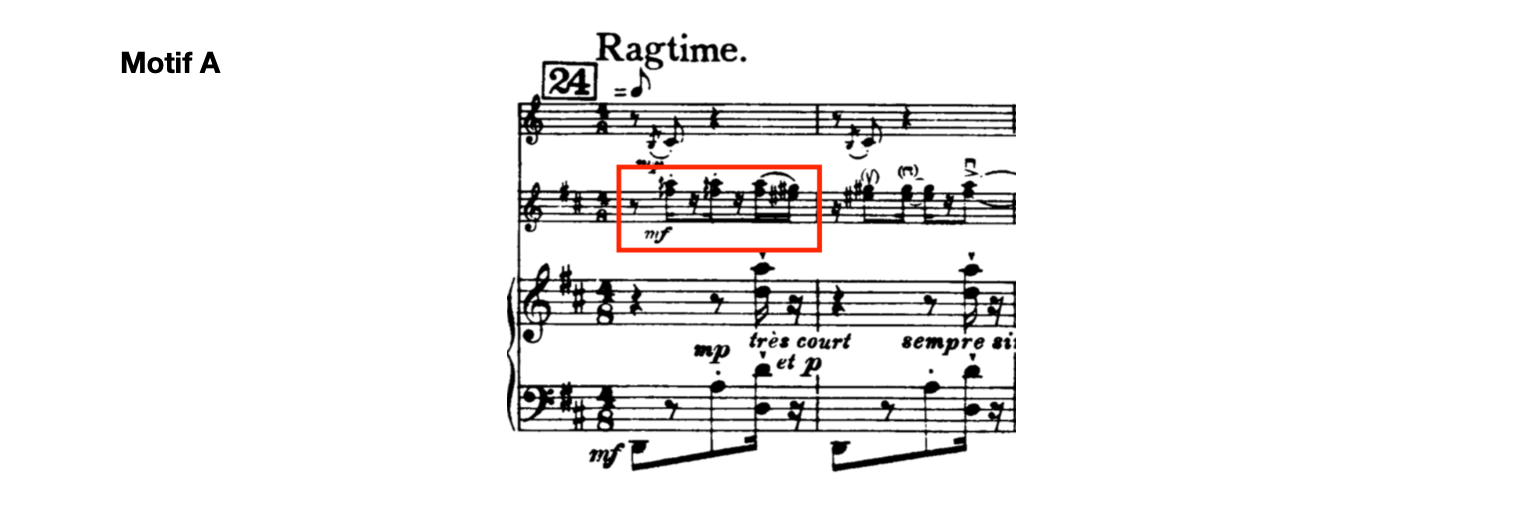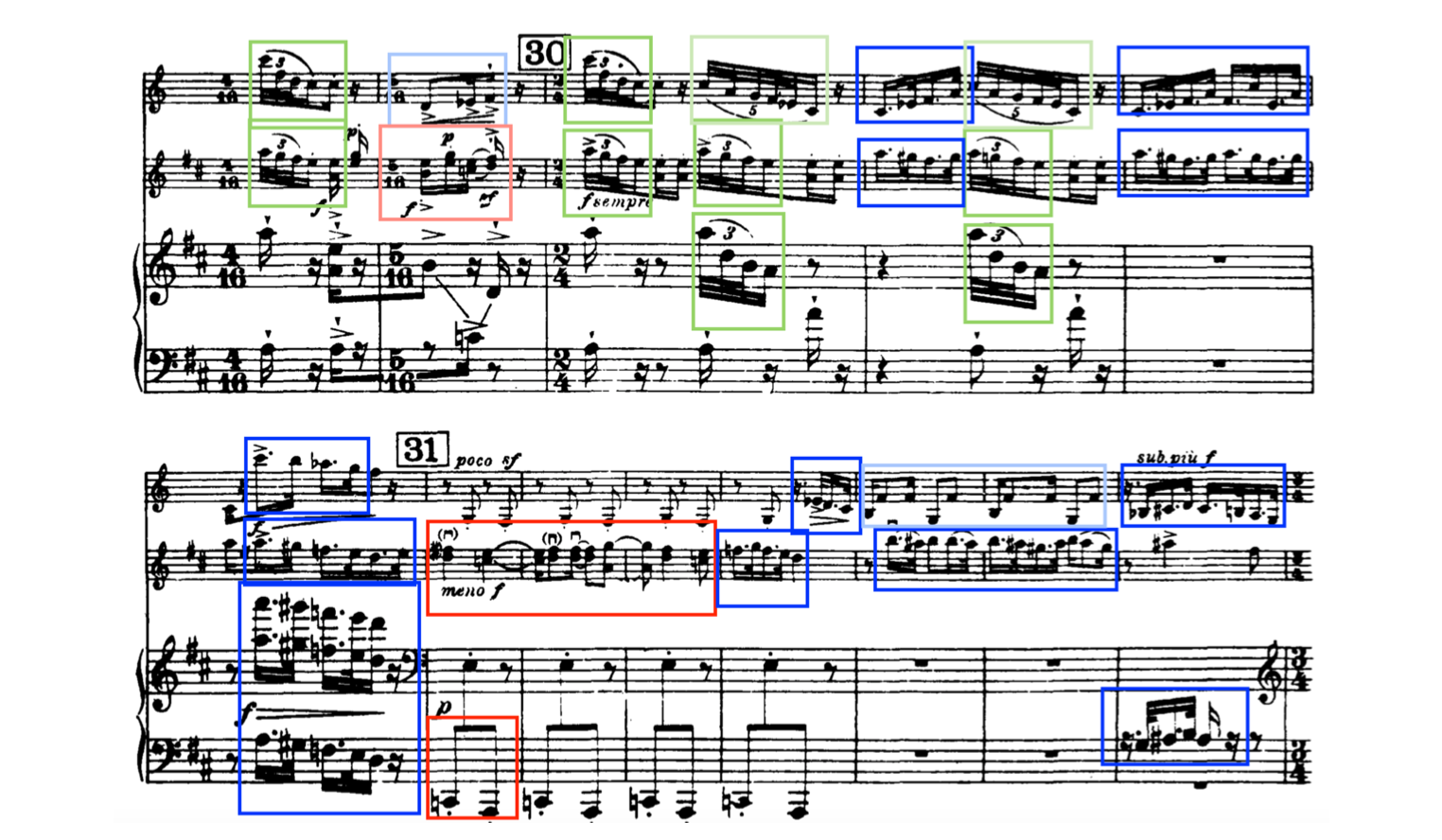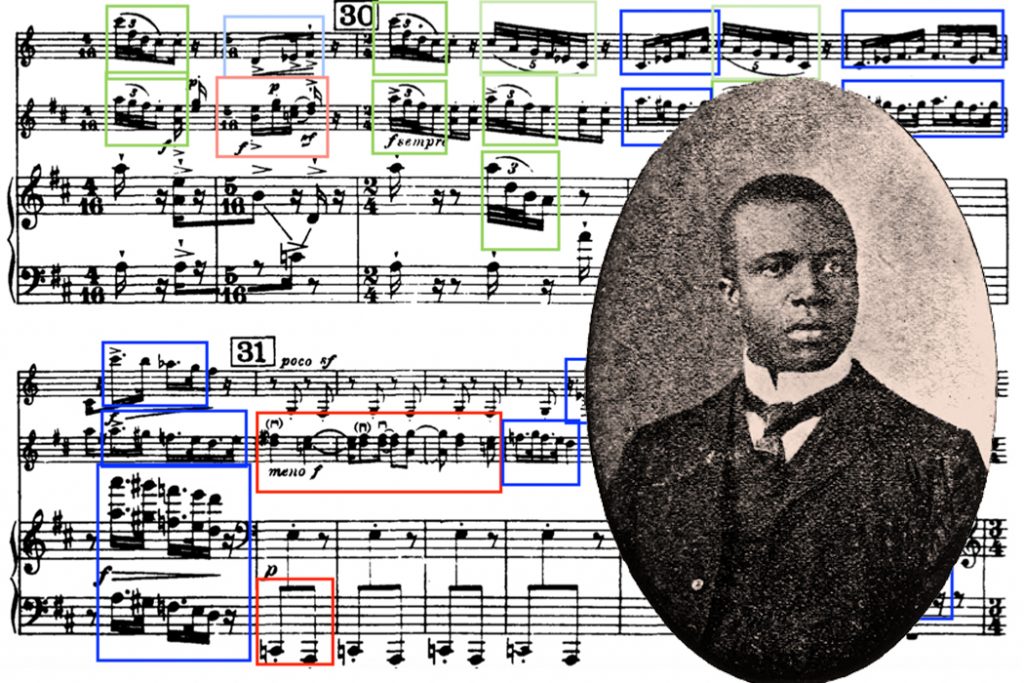
The past few weeks have been marked by global agitations in response to the killings of unarmed Black men and women by police officers and riot police (during protest manifestations) across North America. It isn’t a new thing, but we’re talking about it as a fed-up collective citizenry now.
I’ve been thinking extensively about the weight of the Afro-American cultural heritage on the music I play and listen to. Recently, I conducted a personal experiment. I tuned into a radio station and tried to identify a song that incorporates no influences, whether direct or indirect, from Black American music. I struggled to find even one.
As a guitarist, I am very aware that I have probably never played three notes on the instrument that weren’t influenced by the Blues tradition, which itself traces its roots back to rural blues and work songs, and even further back to Africa via the Transatlantic Slave Trade.
However, there is a clear difference between influence, appropriation, and stealing. Lots of people love Led Zeppelin’s first album, but not everyone knows that much of what we think of as the classic Led Zeppelin sound resulted from the plagiarism of Black musicians’ music, including work by Willie Dixon, Muddy Waters, and Howlin’ Wolf. Fortunately, these authors now appear in the album’s credits, but there are countless cases in popular music history in which the uncredited appropriation of Black artists’ music may never be rectified, simply due to the blatant inequities in the treatment of white songwriters and songwriters of color.
At some point in my silly radio game, I stumbled upon some music from the classical period and began to ask myself whether Western classical music has also been influenced at any particular moment in its history by Afro-American music.
The notion that classical music was not influenced by other cultures and that it is the quintessential “Western” (read: “white persons’”) music is obviously a stereotype, one that’s likely been used to appease certain “purists” out there. Sure, music originating in European churches in the 1600s may have been devoid of too much outside influence. But as the world changed in centuries that followed, the work that classical composers were producing became increasingly influenced by the cultures artists were encountering in their food, travels, literature, and lives, regardless of whether or not those influences were clearly acknowledged.
Starting in the 19th Century, classical composers began incorporating folk stories and forms which expanded the classic musical language they had been taught. And in the 20th Century, many composers started purposely looking, with great curiosity, to the music of other world cultures for clear and direct inspiration for their own compositional toolboxes, from the Gamelan traditions of Indonesia to the polyrhythmic complexities of West African music and early forms of American jazz.
Claude Debussy included in his Children’s Corner (1908) a piece called “Golliwogg’s Cakewalk,” which is a ragtime piece (although a problematic one, given its references to a children’s character steeped in blackface minstrelsy). The French composer Darius Milhaud, after a trip to the United States, found jazz orchestras very fascinating; so much so that he has integrated some of the jazz idiom into his work “La creation du monde” (1922). Antonín Dvořák composed his “New World Symphony” incorporating influence from Black American spirituals in the work, and predicted that the future of American music lay in the music of Black Americans. Examples of that influence can be found in the works of Ravel, Shostakovich, Gershwin, Bernstein, and more. And we can’t overlook the contributions of a growing number of Black composers such as William Grant Still. (Here are two wonderful lists of Black male and Black female composers worth exploring by music educator Nate Holder.)
Further ahead, Steve Reich’s phasing technique was conceived when he taped a Black pentecostal preacher saying the words “It’s Gonna Rain,” layered the same recording on different tapes and noticed that one of them went out of sync, creating an interesting phasing effect on which he focused most of his compositions. This is an example of indirect influence, but still it demonstrates how the work of art (especially in the modern world) is never conceived in isolation. It stems from the continuous relationships between diverse cultural identities.
Let’s turn now to one such example in Stravinsky.
Stravinsky and Ragtime
One of the most important composers of the modern era, Igor Stravinsky, was no exception and seemed to be quite interested in the new musical styles which came from the US in the 1920s. Stravinsky was a musical chameleon. In his career, he redefined the idiom of classical music by integrating material from many sources. He has taken inspiration from and integrated many styles into his own compositional language, including elements of Russian folklore, renaissance music, twelve-tone technique, neoclassicism, and jazz.
At the end of the 1910s, Stravinsky had not heard jazz music live yet, but was curiously inspired by the scores which his friend, the conductor Ernest Ansermet, brought back from the US. These were probably transcriptions of early ragtime music, the pianistic genre for which Scott Joplin became famous.
Being a European composer, Stravinsky proved to be quite naïve in his understanding of ragtime music and its main characteristics. Nevertheless, he incorporated elements of ragtime influence through a sort of collage work.
Ragtime was originated by the Afro-American communities in St. Louis at the end of the 19th Century. The following is a piano score of one of the most famous ragtime pieces by Scott Joplin, “The Entertainer” (video above).

Note the following features:
- Use of a line in octaves to introduce the first section
- Use of harmony built on dominant seventh chords
- Use of the blue note (F# or G♭) and the double third (minor/major, D#/E♭ and E)
- Though written for piano, it’s done so in a way that emulates writing for a full band (e.g., a bass line that alternates between roots and fifths, closed voicings played in the middle register)
- The doubling of the melody at the octave by other instruments, thickening the sound — much like how wind instruments often support one another in an orchestra
- The harmonizing of the melody using thirds and sixths, creating intervals that tend to be very stable
- The use of syncopated rhythms
- The obstinate nature of the bass line
Looking at all these characteristics, we can trace several similarities between the stylistic elements of ragtime and Stravinsky’s music:
- The use of unison lines to mark the beginnings and endings of sections.
- The use of obstinate lines (in the bass in the form of pedals or in the upper parts as juxtaposed material).
- The notable use of rhythm and syncopation.
- The use of double thirds.
I have to explain this last point a bit further.
In his first ballet, “The Firebird” (1910), which brought Stravinsky to the attention of the Parisian music scene at large, the Russian-born composer used a chain of thirds as the main material for his composition. This chain of thirds alternates a minor third (for example D – F) to a major third built a semitone below the upper note (in this case E – G#). The chain continues as G – B♭, A – C#, C – E♭, and so on. Stravinsky built most of the music for this ballet on this material and he went on to use similar techniques in “The Soldier’s Tale” (1918), as we will see later on.
Obviously, this type of construction is different from the use of the blues scale or the double third used by Joplin, but still it is formed by the same alternation of minor and major thirds over a bass ostinato.
What Stravinsky could not grasp from the scores he had seen is the way ragtime and jazz music is performed: The score does not indicate graphically the concept of swing and the way jazz musicians would play the main accents on the second and fourth beats in the bar, rather than on the first and third, as is custom in classical music. This constitutes the soul of this genre — alongside with improvisation of course — but Stravinsky would likely not have known this without hearing jazz music being played live.
However, the composer understood the novelty and relevance of this genre of music so much that he wrote a ragtime for a passage in his theatrical work “The Soldier’s Tale.”
Now, take a listen to the excerpt below from “The Soldier’s Tale Suite,” a transcription that Stravinsky made for piano, violin, and clarinet, easier to read than the full ensemble version. Stravinsky’s “Ragtime” song starts at 10:53 in.
Does it sound anything like what we would expect ragtime to sound like?
This music is unequivocally Stravinsky’s. The composer has taken some of the characteristics of this music (as he could’ve understood them on paper) and incorporated them into his own style. During the period when “The Soldier’s Tale” was written, Stravinsky was particularly interested in finding unique musical syntax. His music from this period does not make use of thematic development in the same way the music of the previous centuries did.
In the Classical period, for example, the use of motif and the development thereof helped propel the music onwards, while retaining a sense of unity (which in turn aided musical memory), permeating the whole work. Think about Beethoven’s “Fifth Symphony;” the whole first movement is quite literally a development of the first motif, which the German composer also used to unify the other sections of the composition.
Stravinsky uses different means to meet the need for unity and variety in his music. In his book, Understanding Post-Tonal Music, Miguel Roig-Francoli describes Stravinsky’s compositional methods as a result of the following treatment of motifs:
- Fragmentation (a motif is chopped abruptly or elongated)
- Juxtaposition (a motif is abruptly interrupted by some other motif we have already heard in the composition)
- Stratification (a series of motifs, often derived from the same interval or pitch class set, are layered one on top of each other, at different intervals)
- Synthesis (all the motifs presented in the movement are layered one on top of the other, often marking the end of a section)
In almost all of Stravinsky’s output from this period, the music plays with expectations while maintaining momentum — a true novelty in the Western musical language. If we take a closer look at the material that Stravinsky uses for “Ragtime,” we notice that three main motifs are used: A, B, and C.

Motif A is made of two consecutive thirds (F# – A and E# – G#). The second third might be enharmonically referred to as F – A♭. If we look at the key signature and bass, it is quite clear that Stravinsky is using these two intervals over a D pedal. In relationship to D, F is the minor third, F# its major third and A♭ is the diminished fifth.
All of these notes appear also in Joplin’s “The Entertainer,” as part of the blues scale and as a characteristic of blues music, which traces back to the use of a non-minor-nor-major third present in some African music. Stravinsky uses these relationships in a very different way than how they are used in blues music, but it’s clear they serve as source material here.

Motif B has a rhythmic connotation — its rhythm being a dotted 16th note and a 32nd note. This motif is quite important in “The Soldier’s Tale” and it is featured pretty much everywhere in the work. In fact, it is used in the very beginning of the work itself. This motif is related to the previous one’s note content: A – C, a minor third again.

Motif C is made from a 32nd note triplet plus a 16th note. It is a rapid gesture, often played by the violin. Please note how this motif also contains a minor third, this time descending: A – F# (key signature not shown here).
It is rather easy to see that Stravinsky is a master in the economic use of material. All the material is unified by being basically the same interval in three different fashions. Stravinsky then applies his methods of fragmentation, juxtaposition, stratification, and synthesis to create movement in the music.
His music is very complex but this complexity comes from how the material is treated and shifted within the bar, rather than from starting with simple material and developing it into complexity (as might be the case of, say, Schoenberg). The striking contrast between what stays the same and what is shifted around, interrupted, elongated, or layered, creates the basis for Stravinsky’s style.
Let’s look at this passage as an example (occurring at 11:35 in the video above):

I have highlighted the three above motifs with their respective different colors (the lighter colored boxes refer to slight variations on the same motif). You might notice immediately that these motifs line up vertically and are abruptly juxtaposed or collaged horizontally. At rehearsal mark 30, for example, Stravinsky layers the same Motif C at a distance of a fifth down (piano/violin) and octave down (for clarinet in A, so it transposes a minor third below written).
This is what was earlier referred to as stratification and it draws a direct line with Joplin’s work in early formations of jazz writing.
Just after reh. 30, he horizontally juxtaposes Motifs B and C. Motif B is chopped abruptly, or fragmented, to return to Motif C. Now Motif C is used more or less in every instrument. The bar before reh. 30 is an example of synthesis, whereby the composer layers two motifs we have already heard to create tension and push the music towards the new section.
In other words, the same motif is often superimposed onto itself — which is why Stravinsky’s music has been compared to Cubism in the visual arts, as it seems to “look” at the same material from different angles at once, just like in a cubist painting from Picasso (who designed the cover for the solo piano version of the score for “Ragtime”). Later in the century, Black jazz and be-bop composers like Charlie Parker and John Coltrane began to inspire further comparisons with Cubism, as well.
Similarly, Stravinsky’s curiosity about jazz only deepened as the years went by, and he went on to compose more pieces influenced by those early transmissions of band music to solo piano that Joplin had pioneered.
And back again to Joplin, Stravinsky wrote his “Piano-Rag-Music” (1919) around the same time as “Ragtime.” And this is where he really starts tacking on some central components of jazz, such as improvisation! Check out the unbarred passage in this piece, which Stravinsky himself referred to as a transcribed improvisation (at 1:38):
Later on, in 1945, he was commissioned to write a work for the clarinetist Woody Herman, called the “Ebony Concerto” (yup… it was a different time back then), where he used some of the techniques of new jazz bands, while still employing his own compositional frameworks.
Let’s zoom out for a moment.
It seems that the composers who were the “pioneers” of 20th Century art music all, at one point or another, discovered and internalized the importance of these “new,” popular styles of music — blues, folk, jazz, ragtime, etc. They were seen by the white critics and audiences of the time as playing a sponsorship role in bringing these perceived “lower” forms of music up to the “higher” cultural strata — orchestral concert music. That process of inspiration and influence eventually lead to watershed musical moments, like Gershwin’s Porgy and Bess (1935) or Ellington’s 1943 jazz symphony, “Black, Brown, and Beige.”
But, while this self-validation from white audiences was happening at the time, with credit falling to the white composers who reframed these influences and assumed them as their own style, all of this further innovation was happening within minority communities that would go on to shape popular music in very important ways. Black American styles such as Bebop, hard bop, blues, and rock ‘n’ roll, all eventually went on to shape the 20th Century in unfathomable ways, while concert music very quickly began to lose touch with modern listener tastes.
And that’s where influence, especially uncredited influence, becomes problematic.
If 20th Century composers had instead sought to collaborate more equally — and integrate themselves into minority artist communities, rather than skim their innovations off the surface and retreat back to their comfort zones — firstly, we wouldn’t have equality and authorship issues spiraling out of control. And secondly, the music could’ve developed in deeper ways that speak to audiences’ lived realities.
Stravinsky taking jazz ideas from the page versus engaging in person (whether or not that was possible at the time is not the point) meant that he’d never be able to diagnose what was really happening in the music (swung time, performed voicings, improvised structures), or really happening in the lives of members of this musical community; and inevitably why that music was developing the way it was.
Change very rarely comes from a place of comfort, or distance, or from within the establishment. More often, change comes from the shadows that the establishment’s spotlight has blissfully ignored.
The once forgotten Black artistic heritage in the US has eventually been recognized for its significance and impact on human culture and society as a whole. But it’s still important both to try to trace historical influences back to their uncredited origins, and to listen attentively to and engage with music from other cultures up close in order to better understand it.
Don’t stop here!
Get access to hundreds of lessons on composing, songwriting, chords and harmony, audio production, orchestration and arranging, DIY home recording and more, with Soundfly’s in-depth online courses; including Unlocking the Emotional Power of Chords, The Art of Hip-Hop Production, and The Creative Power of Advanced Harmony. Subscribe to join here.




